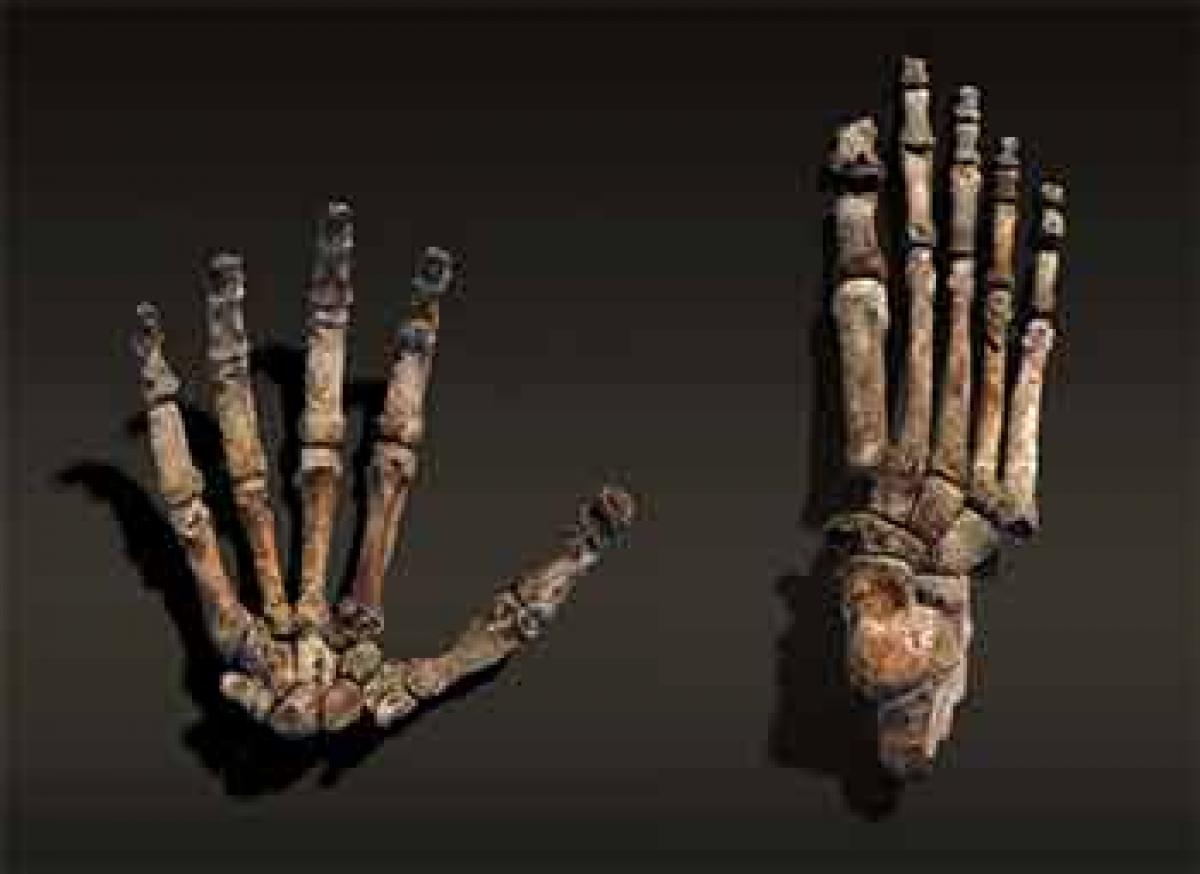Live
- Cinematica Expo 2024: Hyderabad Shines as a Hub for Cinema, Technology, and Digital Innovation
- Set up special teams for respiratory cases, hospitals told
- Hyderabad fastest growing city among 6 metros
- MyVoice: Views of our readers 20th November 2024
- Tamil Nadu, Manipur enter final rounds
- Anupama enters 2nd round; Sumeet-Sikki also win
- Stage set for Mahayuti-MVA 'Maha' yudh today
- India beat Japan 2-0, to face China in final
- Space X launches ISRO's communication satellite
- Sensex, Nifty rebound on value buying





.jpg) London:
London:



